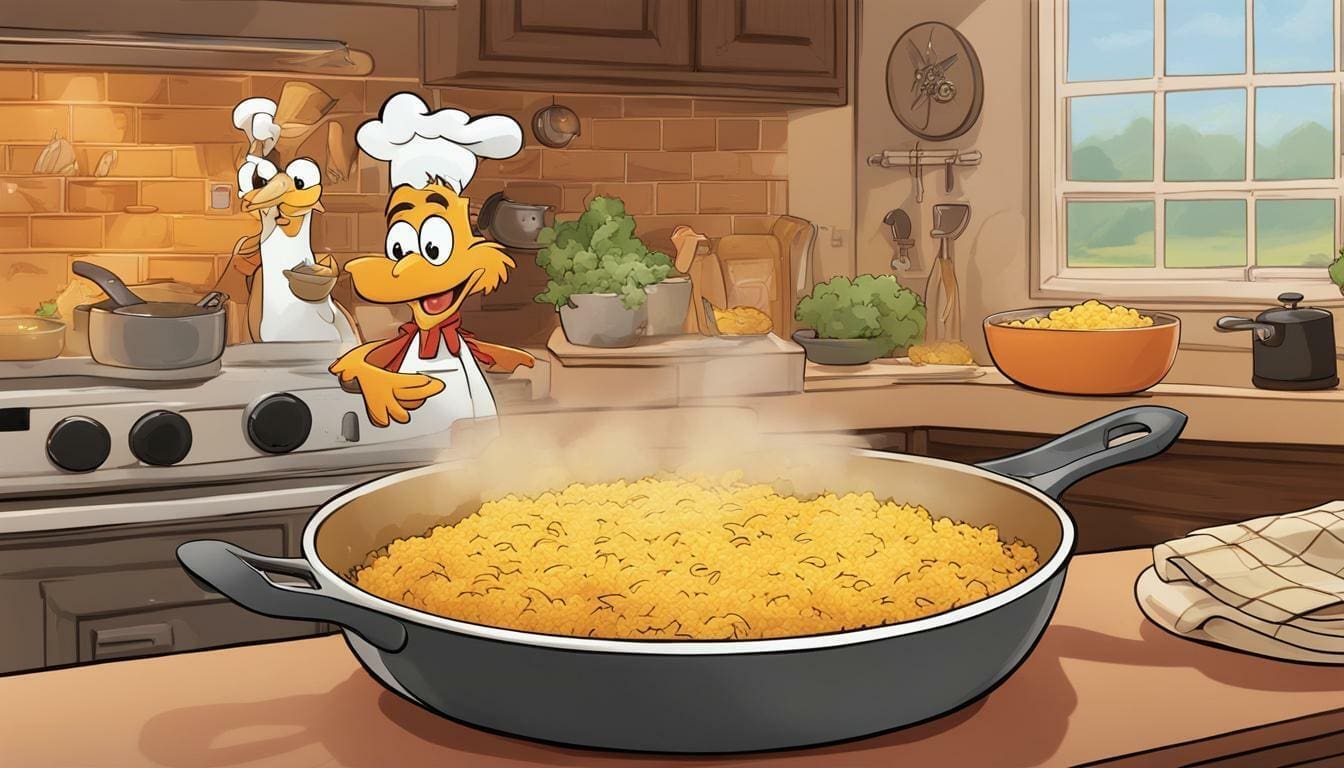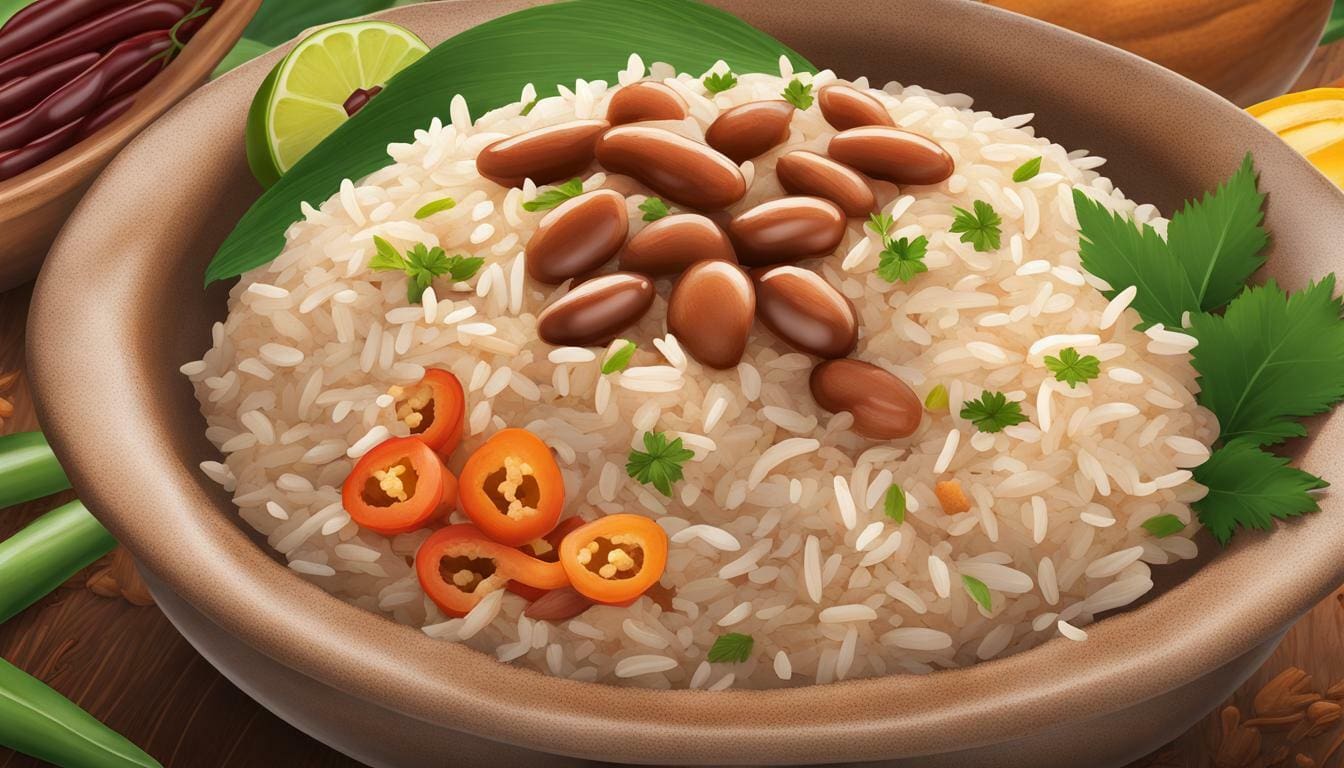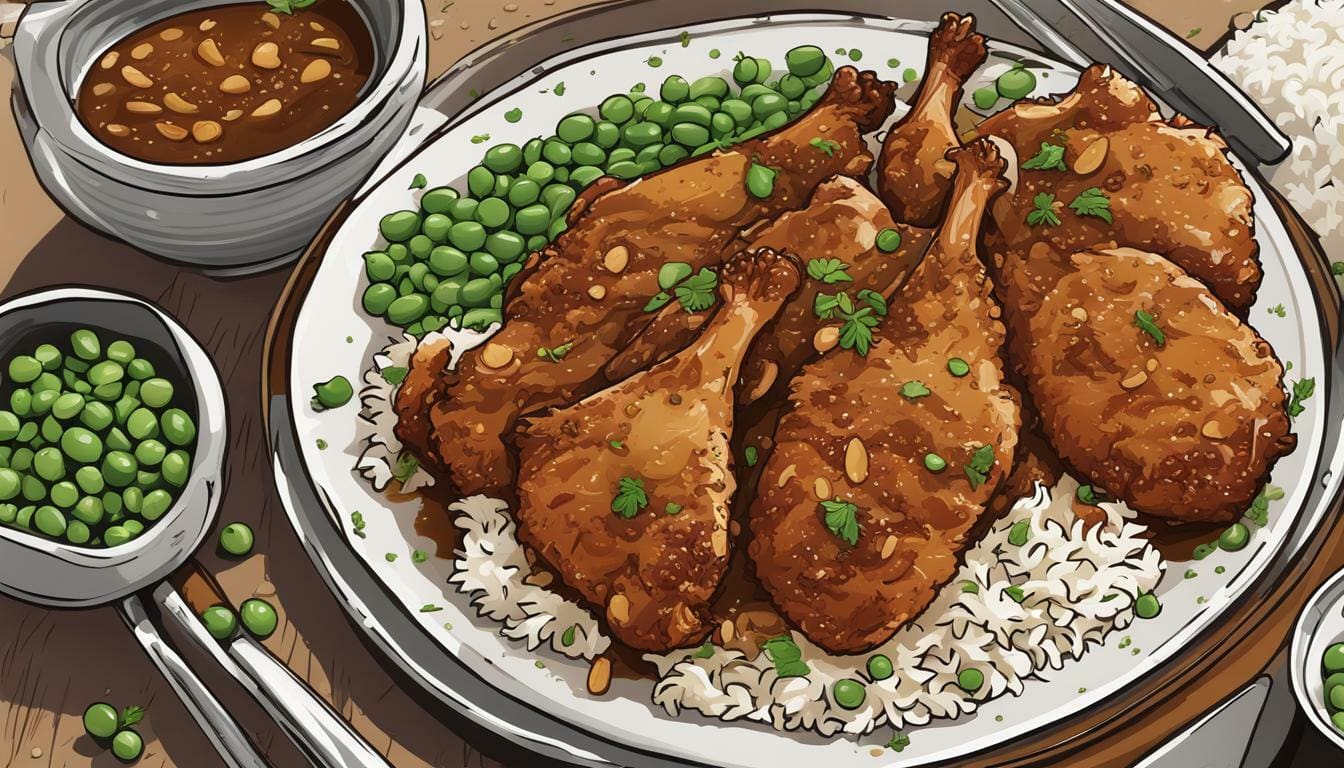Introduction
Are you familiar with paella? This is a Spanish rice dish made with ingredients such as saffron, chicken, and carbs. The reason behind its immense popularity is the intricate combination of flavors it presents.
In general, there are four main segments to paella: the rice itself in its natural state, the base or stock from which soup is made in each portion of the recipe; vegetables and seafood; herbs like thyme and parsley; and finally garlicky Spanish paprika called pimientos de Padrón. These four components make up most of a typical paella recipe.
If you are looking for a delicious and unique dish to make for your next dinner party, paella is the perfect choice! However, there are a few things that you should avoid putting in paella if you want it to taste its best. In this blog post, we will discuss what you can and cannot put in paella. So read on to learn more!
What Is Paella, And What Are The Origins Of This Dish?
Paella is a mixture of different types of rice cooked slowly in a large pot and served with various ingredients. Traditionally, paella is prepared in a paellera (paella pan).
Just like so many great classics, paella came from humble beginnings. It began as a peasant dish often made with whatever ingredients were on hand.
It wasn’t until later that paella became popular throughout Spain when rice exports increased, and rice became more readily available. Spain was once the world’s leading exporter of this grain but has since been supplanted by India and Thailand. Although the recipe remained similar across Spain throughout history, geographical locations influenced the rice preparation method.
What Are The Basic Ingredients In Paella, And Why Are They Used?
1. Rice
The basic ingredient of rice is the rice itself. Paella originated as a rice-based dish, and the name stems from the word “pan” or “pa no,” which means bread and refers to the bread-like texture of the cooked rice.
Some people use arborio rice for paella because it has a high starch content. This makes it stickier and creamier than regular long-grain rice, resulting in a more delicious paella. Most recipes also call for saffron, which gives the dish a bright yellow color, much like chicken soup does.
2. Meat
Usually, the meats in paella are chicken, rabbit or hare, or fish. In Spain, these meats are often bought already cooked, and preserved locally. However, in other parts of the world, you may buy frozen meat.
3. Seafood
There are many types of seafood used in paella: abalone mushrooms like langoustines or crab; red onion and garlic sliced into rings; mussels; prawns; fresh shrimp/oysters; calamari rings; clams/shrimps (including scallops), scallops and squid rings.
4. Vegetables
The vegetables used in paella vary depending on what part of Spain you are from. Some vegetables that are commonly found in paella are artichokes, potatoes, onion, garlic, carrots, and tomatoes. They may be cooked in olive oil or butter before if added to the dish.
5. Herbs And Spices
Some herbs and spices used in paella are saffron (which gives it its yellow color), dried peppers such as chili peppers or paprika (sometimes mixed with chili), rosemary or thyme, black pepper, and salt.
What Can You Put In Your Paella, And What Should Be Avoided For Flavor Or Texture Reasons?
1. Saffron
You can’t put saffron in paella because it will change the color of the dish. Saffron is an expensive spice, so you are better off using another color for your paella, for example, red pepper flakes or parsley.
2. Meat That Has Been Preserved
In Spain and many other parts of Spain eating meat that has been preserved in a cured and smoked liquid such as ham or salami is not uncommon.
3. Madeira Wine
Madeira wine is a fortified wine from Portugal and a traditional ingredient in Portuguese seafood dishes. It’s sweet and rich but can be overpowering when used in large amounts.
4. Starchy Vegetables
You should not put starchy vegetables such as potatoes or corn in paella because they will soak up the liquid and make the dish dry. Also, it will not taste right.
5. Rice That Has Been Covered In Water
This can also make your paella watery, so you need to avoid adding too much water to it when you cook it.
How Do You Make A Perfect Paella At Home, Following These Simple Guidelines?
1. Start With A Big Pot
2. Fill The Pot With Water And Bring It To A Boil
3. Add The Rice And Season
4. Add Any Spices And Cook
5. Add The Meat And Cook Again
6. Add The Fish And Sauté Or Stir Your Paella Pan
7. Add Seasoning, Then Add The Vegetables To Complete Your Dish
8. Sprinkle On The Parsley And Serve While Hot!
Are There Any Variations On The Traditional Paella Recipe That You Can Try Out For Yourself At Home?
We have already mentioned that there are so many different ways to make paella, but here’s another one. This recipe is for a paella from the town of Aloha, located in the Province of Valencia, Spain. It’s a seafood paella with shrimp, mussels, and clams.
Another way to customize your paella is by using the freshest local ingredients you can find! Paella is a dish that not everyone can make at home consistently, but it doesn’t have to be difficult or time-consuming to learn how to make this dish too! All you need is a little bit of know-how and preparation time.
Conclusion
The history of paella is quite interesting. It is fun to see how this dish has evolved over the years and how it has spread throughout different areas of Spain and the rest of Europe.
Furthermore, paella’s signature ingredients tell us a lot about Spanish culture and cuisine. The rabbit, chicken, seafood, and vegetables used in paella make for a complete meal that is delicious as well as nutritious. Paella also symbolizes the cultural integration between Spanish Muslims, Jews and Christians centuries ago.


